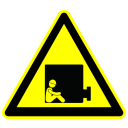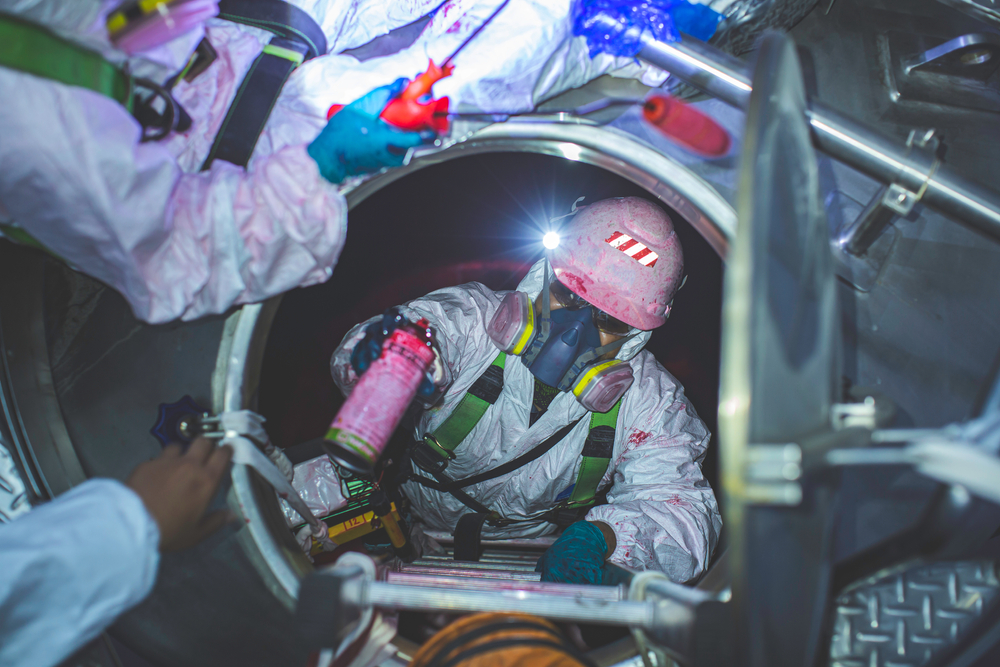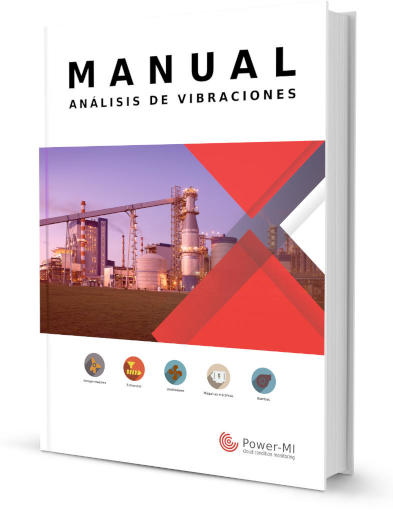 Different types of confined spaces exist, and some of them pose dangers that necessarily require the use of a permit. A confined space, according to OSHA 29 CFR 1910.146 “Permit-required confined spaces”, is a space that is sufficiently large and configured to enable an individual to access in full body to execute project tasks, the point of entry and/or exit is limited or constrained, as in the case of a vessel or tank, and the space was not constructed for employee occupancy for an extended period of time.
Different types of confined spaces exist, and some of them pose dangers that necessarily require the use of a permit. A confined space, according to OSHA 29 CFR 1910.146 “Permit-required confined spaces”, is a space that is sufficiently large and configured to enable an individual to access in full body to execute project tasks, the point of entry and/or exit is limited or constrained, as in the case of a vessel or tank, and the space was not constructed for employee occupancy for an extended period of time.

The main risks of entering a permit-required confined space can be described, according to OSHA, as follows:
- Exposure to hazardous atmosphere.
- Exposure to materials with potential for engulfing.
- Possible entrapment or asphyxiation.
OSHA's 1910.146 standard lists certain preventative steps that apply to both the primary employer and any contractor doing asset inspections, including but not limited to:
- Pre-entry hazard evaluations.
- Specification of acceptable entry conditions.
- Verification of the conditions as acceptable.
- Coordination of entry operations.
- Isolation of the confined space.
- Usage of forced ventilation.
- Purging, inerting, flushing, or ventilating the permit space as necessary to eliminate or control atmospheric hazards.
- Provision of personal protective equipment, lightning equipment and communication equipment for the person entering the confined space.

 cloud_download
cloud_download